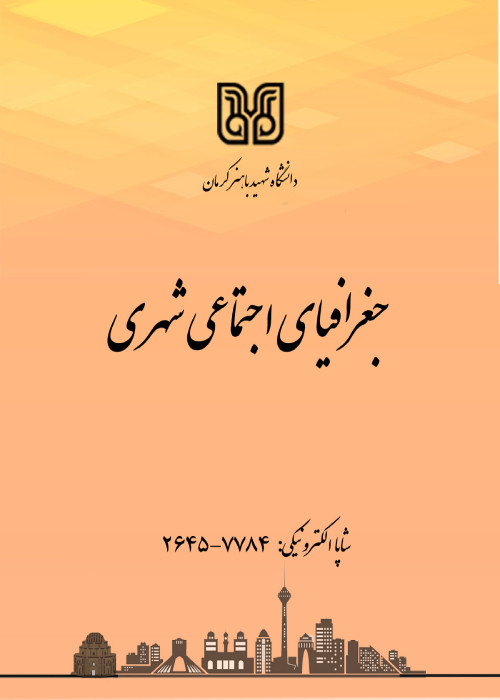Presenting a conceptual model of livable underground space using the basic theory (Case study: Mashhad City)
Today, factors such as rapid population growth, increasing poverty, declining quality of life indicators, growth of informal settlements (marginalization), environmental pollution, etc. Have led to instability and reduced viability of urban communities. To this end, in recent decades, urban planners have proposed a variety of solutions, among which, the use of underground space, an emerging concept that has attracted much attention in recent years.
The purpose of this study is to present a conceptual model of livable underground space. The present study is qualitative and typologically "parallel Monomethod. Therefore, in order to analyze qualitative data, meta-synthesis method (basic analysis) and content analysis (complementary analysis) have been used simultaneously. Basic analysis leads to the presentation of the initial conceptual model and complementary analysis leads to the explanation of components and the discovery of causal relationships. The method of data collection is documentary study and semi-structured interview. Nvivo software is used to analyze qualitative data and encode.
The results indicate that 54.9 percent of the area and 54 percent of the population of the ghaemshahr city is poor and very poor. Divorced women population is 2.5 times more divorced men which concentrate more in the center and north east of the city. Based on the results of regression and Pearson, from between the three dimensions of economic, social and physical, social poverty has the most impact on divorce. Also, the indicators of person density in the room, livelihood load and measure of general activity have an effective and significant role in divorce rate of ghaemshahr city.
A conceptual model corresponding to the star grain pattern for the realization of livable subsurface space was presented. In line with the mentioned model, 4 key components of culture-community; Physical-visual; Resilience and environment were presented as the main structure. Each of the factors has nesting chains and hierarchy. The color components of belonging and identity are the themes of the culture-community dimension and the sub-themes of location according to natural crises, optimal crisis management, reducing the degree of risk and danger through the type of land uses, paying attention to climate comfort at lower levels and fine tuning facilities. The lower levels complement the resilient dimension in the star grain pattern, respectively.
- حق عضویت دریافتی صرف حمایت از نشریات عضو و نگهداری، تکمیل و توسعه مگیران میشود.
- پرداخت حق اشتراک و دانلود مقالات اجازه بازنشر آن در سایر رسانههای چاپی و دیجیتال را به کاربر نمیدهد.


